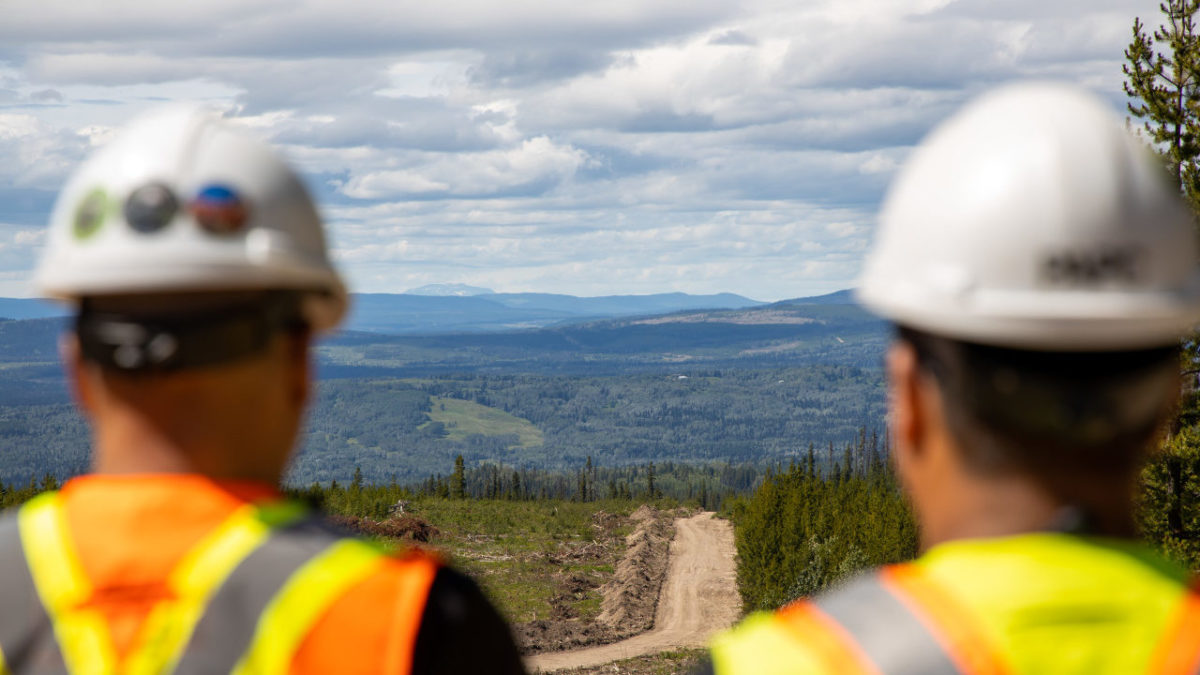An article published this week in CBC’s “What on Earth?” series perpetuates misinformation about the relationship between Indigenous communities and oil and gas projects in Canada, particularly the Coastal GasLink Pipeline.
The CBC also distorts the environmental impact of anti-oil and gas activism by quoting, unquestioned, analysis by activist groups Oil Change International and the Indigenous Environmental Network.
Here’s what’s wrong with the CBC’s report, and why the activists’ analysis is misleading.
Fact: CBC omits broad Indigenous support for Coastal GasLink
CBC makes no mention of the fact that all 20 elected First Nations governments along the Coastal GasLink route (including five Wet’suwet’en bands) support the project and have signed agreements that engage them in development.
People like Layne Boucher, co-owner of Houston, B.C.-based Getumdone Contracting Ltd. He says the project has been “exceptional” in its relations with First Nations people.
“They really listen and I think they care, and they’re willing to incorporate the needs and concerns of local Indigenous people into their project planning and strategy.”
At the end of the Coastal GasLink route, the pipeline meets the LNG Canada export terminal on the traditional territory of the Haisla Nation. Chief Councillor Crystal Smith says the arrival of projects like LNG Canada and Coastal GasLink has been transformational for her community, and that protests are holding her nation back.
Fact: Indigenous people are helping guide Coastal GasLink construction
Indigenous people are helping shape the Coastal GasLink project.
In addition to $825 million awarded so far to Indigenous and local businesses, the project has completed 19 traditional land use studies with local Indigenous communities.
These are used to refine project planning and promote respect for the land and the people along the pipeline route.
Wet’suwet’en community members are participating as construction monitors and community liaisons with the project, out on the route each day observing and reporting on construction activities, Coastal GasLink says.
Wet’suwet’en community workforce accommodation advisors also live and work in the project’s lodges, sharing Wet’suwet’en culture with the workforce and helping build healthy connections with communities.
Fact: Anti-oil and gas activism in Canada has not reduced emissions
Citing an August report by Oil Change International and the Indigenous Environmental Network, CBC implies that activism against projects like Coastal GasLink has been an environmental benefit because it causes “avoided” greenhouse gas emissions. The evidence does not support this claim.
Oil Change estimates that in the decade leading up to 2019, activism against Canadian oil and gas projects “avoided” approximately one billion tonnes of CO2 emissions. Really it just denied Canadian producers — who lead the world in socially and environmentally responsible development — the ability to satisfying increasing demand, redirecting supply and emissions elsewhere.
Global CO2 emissions grew by 3.6 billion tonnes between 2010 and 2019, according to the International Energy Agency (IEA).
Meanwhile, world oil demand grew by 10 million barrels per day, and world natural gas demand went up by 740 billion cubic metres – driven by emerging economies in Asia and India striving for a better quality of life.
Fact: Coastal GasLink is a climate solution
In the case of Coastal GasLink, Oil Change claims that years of activism avoided 125 million tonnes of emissions. Really it just delayed a much larger environmental benefit.
Through the LNG Canada export terminal, gas from Coastal GasLink is expected to reduce emissions in Asia by 60 to 90 million tonnes per year, if used to replace coal-fired power. That’s at least 2.4 billion tonnes over the project’s 40-year export licence, or the equivalent of taking more than 520 million cars off the road.
Encouraging Canadian oil and gas projects to proceed does more for the environment and to help lift Indigenous people out of poverty than attempting to shut the industry down.
The unaltered reproduction of this content is free of charge with attribution to Canadian Energy Centre Ltd.
